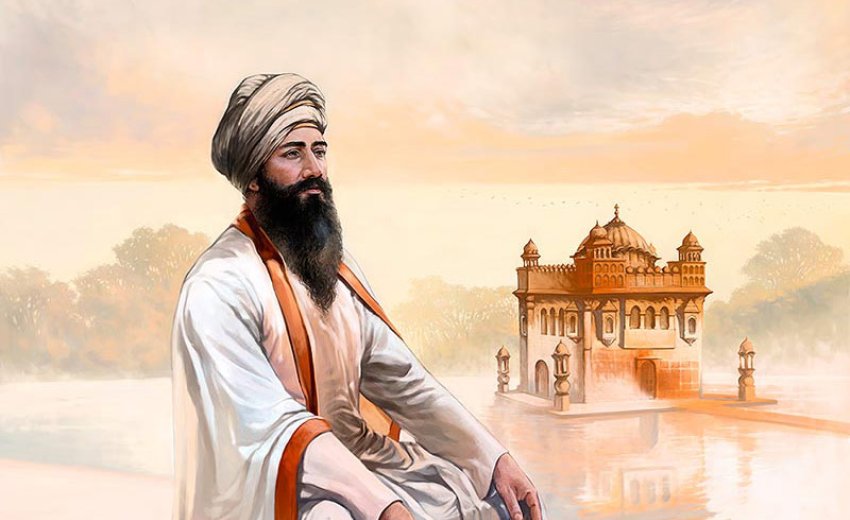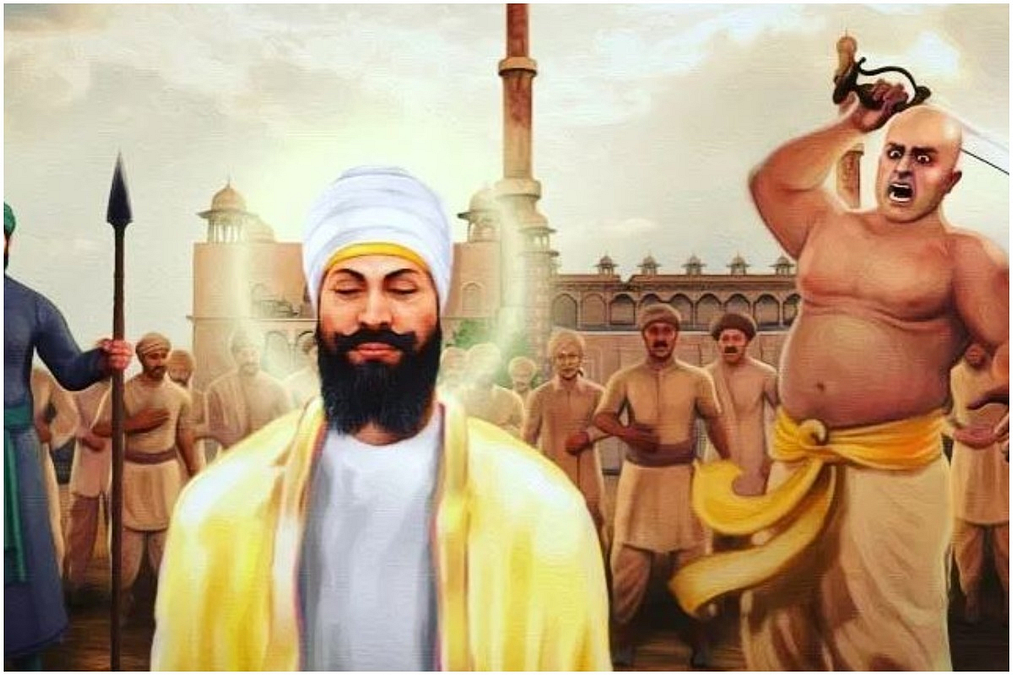The Martyrdom of Shri Guru Teg Bahadur Ji
The martyrdom of Shri Guru Teg Bahadur Ji, the ninth Guru of Sikhism, stands as one of the greatest acts of courage and sacrifice in human history. His supreme stand in 1675 was not for political power or personal gain, but to uphold the universal right of people to practice their faith freely. He is remembered as “Hind Di Chadar—the Shield of India” for laying down his life to protect the oppressed.
The Historical Context
In the 17th century, the Mughal emperor Aurangzeb enforced a harsh policy of religious persecution. Many communities, especially the Kashmiri Pandits, were forced to convert to Islam. In desperation, a delegation of Pandits approached Guru Teg Bahadur Ji at Anandpur Sahib, seeking protection. The Guru listened with compassion and resolved to stand against this injustice, not only for the Hindus but for the principle of freedom of conscience itself.
Arrest and Torture
When Aurangzeb heard of the Guru’s defiance, he ordered his arrest. Guru Teg Bahadur Ji, along with his companions—Bhai Mati Das, Bhai Sati Das, and Bhai Dayal Das—was brought to Delhi. His disciples were tortured in the most inhuman ways: Bhai Mati Das was sawn alive, Bhai Dayal Das was boiled in oil, and Bhai Sati Das was wrapped in cotton and set ablaze. Despite this brutal spectacle, the Guru remained firm in his resolve.
The Supreme Sacrifice at Chandni Chowk, Delhi
On November 11, 1675 (observed on November 24 as per the Nanakshahi calendar), Guru Teg Bahadur Ji was publicly executed by beheading at Chandni Chowk in Delhi. This site, where the Guru gave his life for the freedom of others, is today commemorated by the historic Gurdwara Sis Ganj Sahib, Delhi. It stands as a living reminder of his unparalleled martyrdom and his message of defending truth and justice.
After the execution, Bhai Jaita Ji (later Bhai Jiwan Singh) carried the Guru’s severed head with great devotion to Anandpur Sahib, where it was cremated with honor. Meanwhile, Lakhi Shah Vanjara secretly retrieved the Guru’s body and cremated it by setting fire to his own house in Delhi, where now stands Gurdwara Rakab Ganj Sahib.
The Legacy of Martyrdom
Guru Teg Bahadur Ji’s sacrifice is unique in world history—he gave his life not for his own religion, but to protect the religious rights of another community. His martyrdom was later described by his son, Guru Gobind Singh Ji, in these words: “He protected dharma till the very end, he gave up his head but never his principles.”
The Guru’s legacy continues to inspire people across the world. His teachings, enshrined in the Guru Granth Sahib, emphasize fearlessness, humility, and devotion to God. Above all, his martyrdom reminds us that standing against injustice, even at the cost of one’s life, is the highest form of righteousness.
Today, Gurdwara Sis Ganj Sahib in Delhi remains a place of pilgrimage, where millions pay tribute to the great sacrifice of “Guru Teg Bahadur Ji—the protector of faith, humanity, and truth.”


